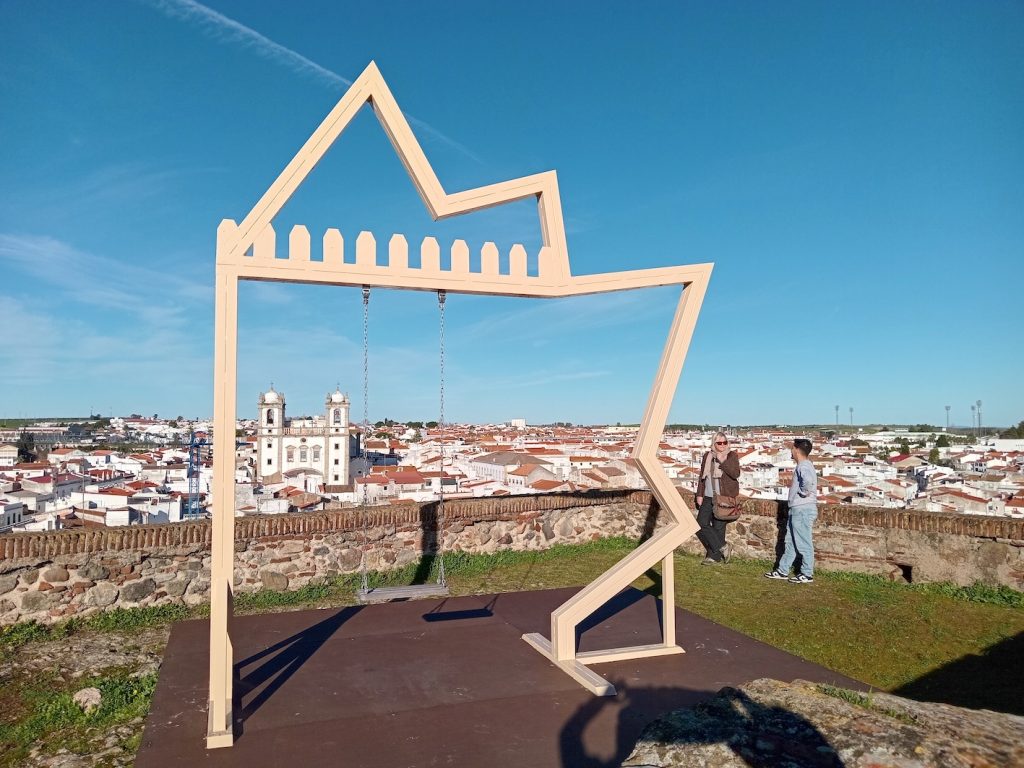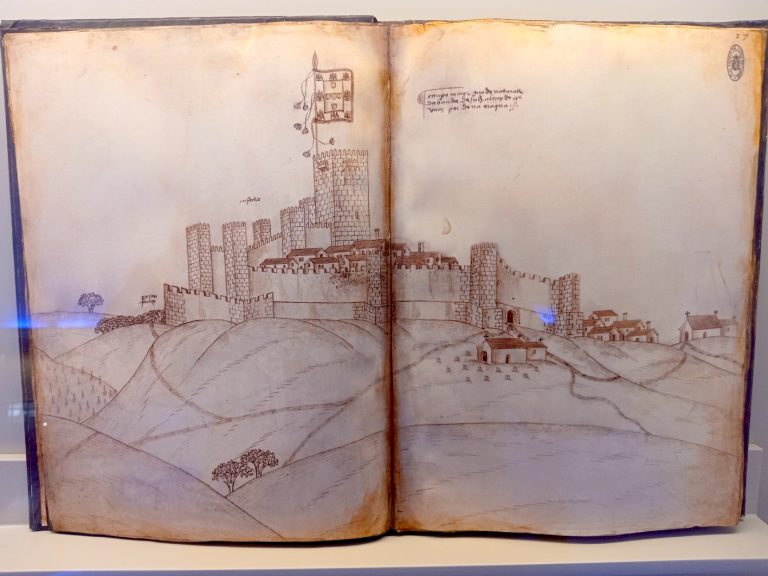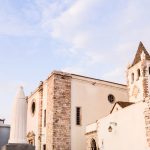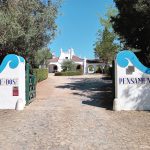Campo Maior is a frontier town, at its closest point only seven kilometres from Spain, and because of this location it has played an important part in Portugal’s history, particularly during the Spanish Succession and Peninsular Wars. Its townsfolk are solid, resourceful people who have been through more than their fair share of hardship and tragedy – and to better understand their story, a visit to Campo Maior castle is a must.
The castle lies at the top of the town, 299 metres above sea level, and has recently been renovated thanks to a forward-looking mayor and town council who have really pushed to put Campo Maior on the map both by recovering their military heritage and promoting the town as a tourist destination.
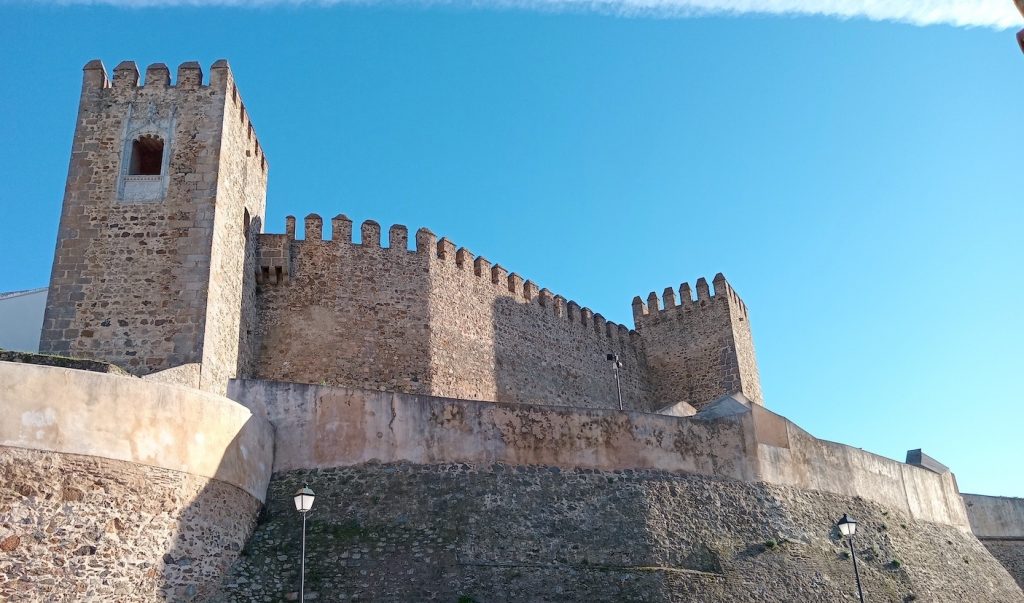 We knew beforehand that the castle had seen its fair share of action and that Wellington’s British troops had been there, but in the 16th century it also suffered a terrible freak incident that destroyed a large part of the town. Even so, we hadn’t intended to spend quite so much time on our visit, but ended up with a personal guide who took us around the five rooms that make up the complex, including the keep and chapel.
We knew beforehand that the castle had seen its fair share of action and that Wellington’s British troops had been there, but in the 16th century it also suffered a terrible freak incident that destroyed a large part of the town. Even so, we hadn’t intended to spend quite so much time on our visit, but ended up with a personal guide who took us around the five rooms that make up the complex, including the keep and chapel.
Originally built in the 13th century in the reign of D. Dinis, the castle was augmented in the 17th century to a star fortress, better suited to withstand the artillery of the time. It has undergone various modifications over the centuries, and during the latest restoration work, vestiges of Islamic foundations were found. From its walls and towers you have a great panoramic view back over the town and across the surrounding countryside.
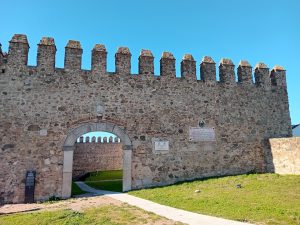 Withstanding sieges
Withstanding sieges
Campo Maior was involved in two major sieges during its lifetime, the first of which was in 1712 during the Spanish War of Succession when a large Spanish force of 18,000 surrounded the town. The ‘Campomaiorense’ defenders held out under harsh conditions with limited supplies for 36 days and the Spanish ultimately were unable to capture the town and withdrew.
The second siege was in 1811 during the Peninsular wars, when French forces, after taking Badajoz, besieged Campo Maior, which was defended by mainly militia and 50 old cannons. Again, they held out for 10 days until a breech was made in the walls and defence of the town was no longer possible, and the castle was surrendered to the French. A few days after, an 18,000 strong British force under the command of Marshall Beresford arrived, and the French promptly abandoned Campo Maior taking around 30 cannons with them. The British gave chase and this led to the Battle of Campo Maior.
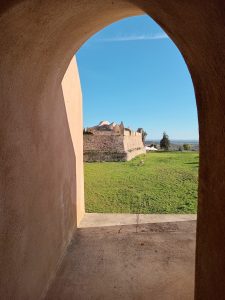 Lightning strikes
Lightning strikes
On the fateful night of 16 September 1732, during a violent thunderstorm, lightning struck the keep of the castle. Unfortunately, it housed the gunpower store and triggered a huge explosion giving rise to a fire, which went on to destroy around half the town, killing 316 and injuring around 2,000 people. The bones of the dead (allegedly) make up the walls and floors of the town’s Chapel of the Bones, which can be visited today.
The tour
You can wander around the outside castle walls and bulwarks at any time – make sure you see the recovered Manueline window in the north tower. However, to visit the inner complex and interpretive centre is by guided tour only. These are free and available four times per day in several languages, and you will get to see documents, maps and scaled models of the castle complex, videos of the 1712 siege and life inside the castle, as well as visiting the excavations of the keep and the unusual Chapel of Senhor dos Aflitos. We ended up spending two hours here and our guide, Eduardo, was charming as well as being very knowledgeable.
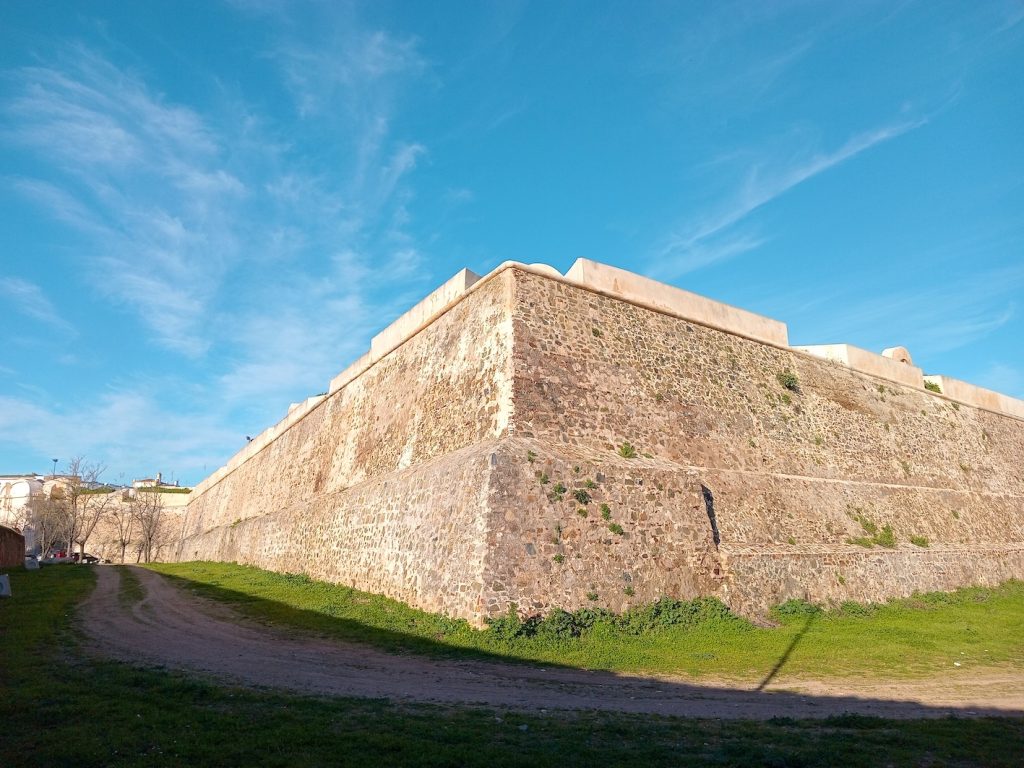
Details:
Location: Just under and hour’s drive from Estremoz, in a north-easterly direction
Visits: All visits are guided and last approximately 90 minutes
Times: Tuesday-Sunday, 10:15h, 11:15h, 14:15h, 15:15h
Contact: +351 326 680 319
Website: www.campomaior.pt
